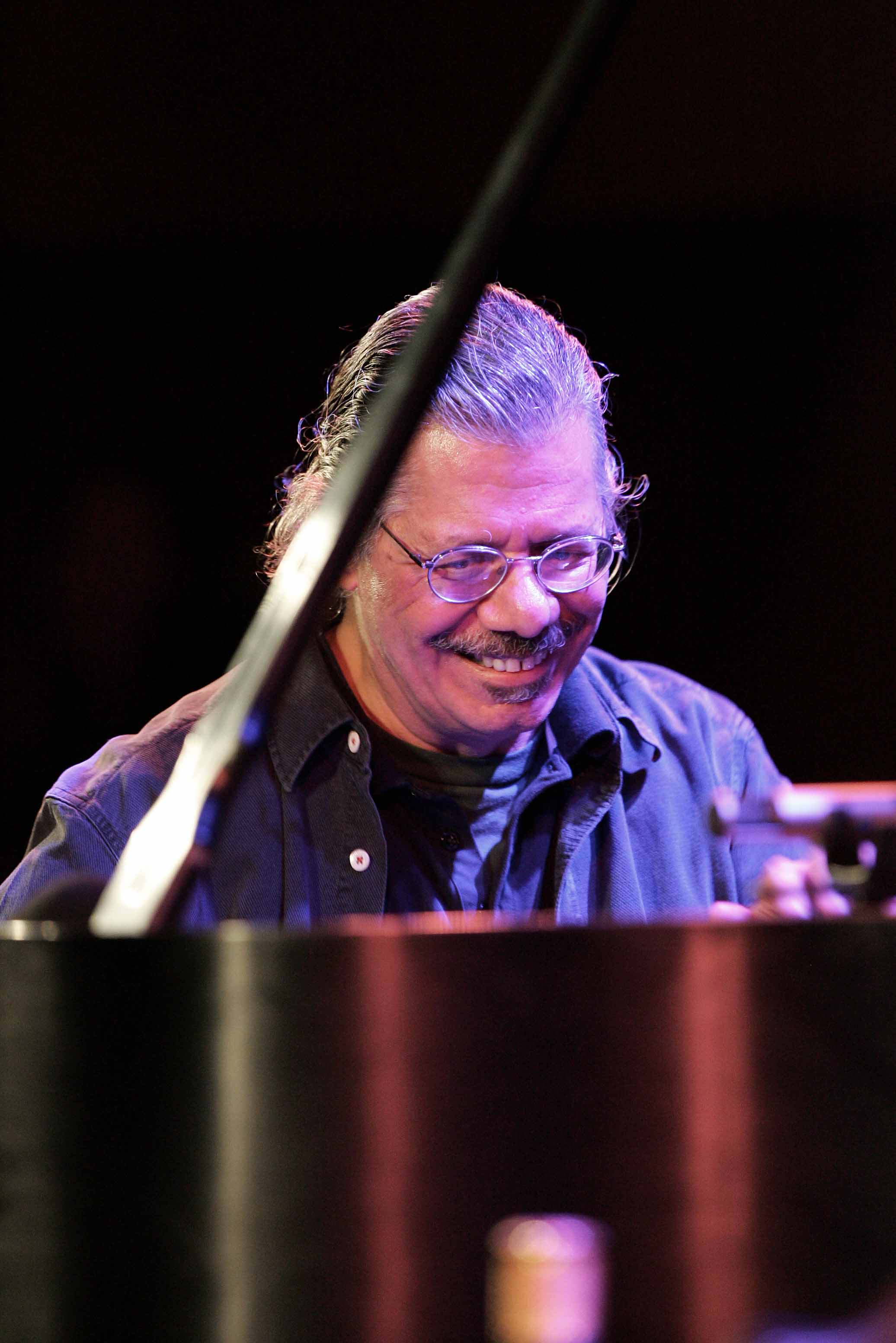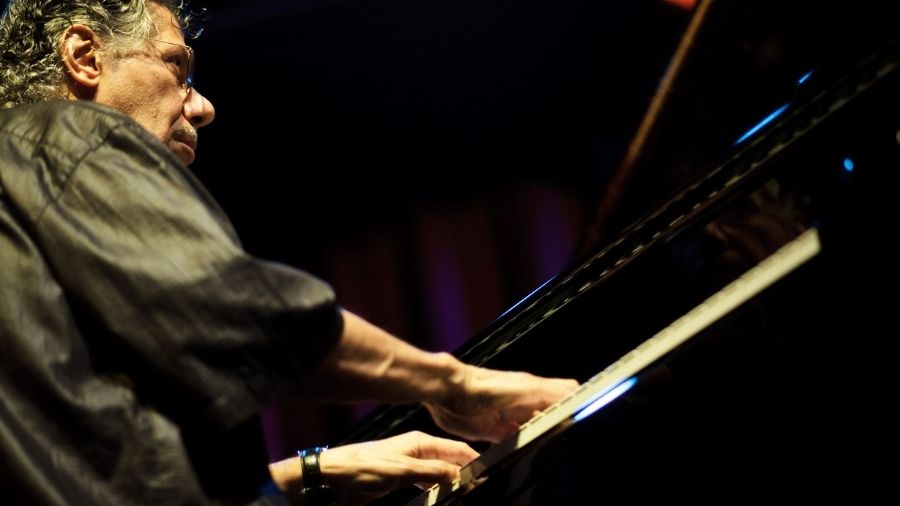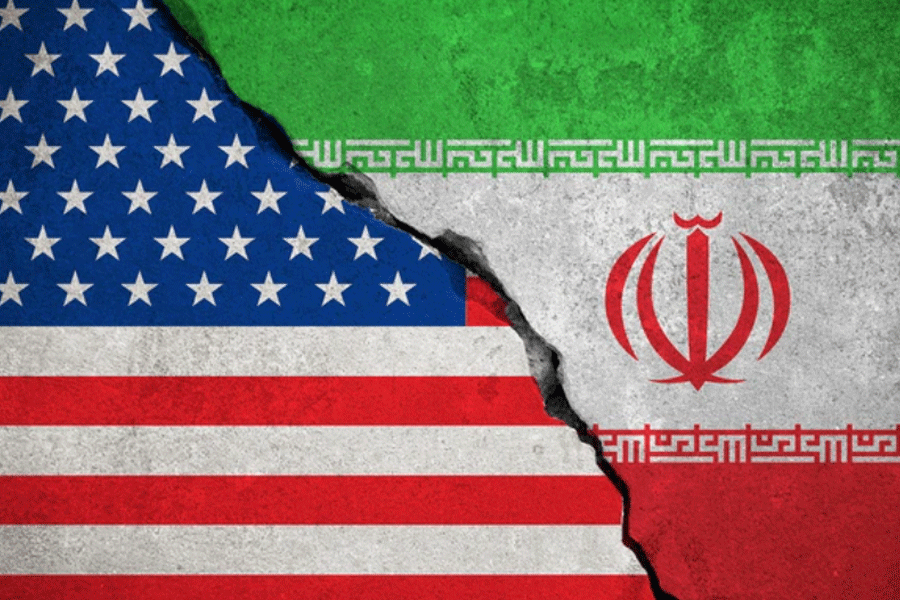Chick Corea, an architect of the jazz-rock fusion boom in the 1970s who spent more than a half century as one of the foremost pianists in jazz, died Tuesday at home in Tampa, Florida. He was 79.
The cause was cancer, said Dan Muse, a web and marketing manager for Corea.
Corea’s best-known band was Return to Forever, a collective with a rotating membership that nudged the genre of fusion into greater contact with Brazilian, Spanish and other global influences. It also provided Corea with a palette on which to experiment with a growing arsenal of new technologies.
But throughout his career he never abandoned his first love, the acoustic piano, on which his punctilious touch and crisp sense of harmony made his playing immediately distinctive.
A number of his compositions, including “Spain,” “500 Miles High” and “Tones for Joan’s Bones,” have become jazz standards, all defined by his dreamy but brightly illuminated harmonies and his ear-grabbing melodies.
By the late 1960s, Corea, still in his 20s, had already established himself as a force to be reckoned with. He gigged and recorded with some of the leading names in straight-ahead and Latin jazz, including Dizzy Gillespie, Stan Getz, Mongo Santamaria and Sarah Vaughan. His first two albums as a leader, “Tones for Joan’s Bones” (1966) and “Now He Sings, Now He Sobs” (1968) earned rave reviews. Both are now thought of as classics.
But it was playing in Miles Davis’ ensembles that set Corea on the path that would most define his role in jazz. He played the electric piano on Davis’ “In a Silent Way” (1969) and “Bitches Brew” (1970), the albums that sounded the opening bell for the fusion era.
Soon after leaving Davis’ group, he helped found Return to Forever, and he spent much of the 1970s touring and recording with the band, which became one of the most popular instrumental ensembles of its era.
Hyperactive fusion band
Reviewing a performance at the Blue Note in New York in 2006, critic Nate Chinen, writing in The New York Times, recalled the innovative sound that Corea had honed with Return to Forever three decades before: “His Fender Rhodes piano chimed and chirruped over Latin American rhythms; female vocals commingled with the soothing flutter of a flute. Then the ensemble muscled up and morphed into a hyperactive fusion band, establishing pop-chart presence and a fan base to match. To the extent that there is a Return to Forever legacy, it encompasses both these dynamic extremes, each a facet of Mr. Corea’s personality.”
By the time of that Blue Note show, Corea’s career was entering a chapter of happy reminiscence, full of reunion concerts and retrospective projects. But he continued to build out from the groundwork he had laid. In 2013, for instance, he released two albums introducing new bands: “The Vigil,” featuring an electrified quintet of younger musicians, and “Trilogy,” an acoustic-trio album on which he was joined by bassist Christian McBride and drummer Brian Blade.
He kept up a busy touring schedule well into his late 70s, and his performances at the Blue Note in particular often combined reunions with longtime associates and collaborations with younger accompanists, mixing nostalgia with a will to forge ahead. Those performances often found their way onto albums, including “The Musician” (2017), a three-disc collection drawn from his nearly two-month-long residency at the club in 2011, when he was celebrating his 70th birthday in the company of such fellow luminaries as pianist Herbie Hancock, bassist and Return to Forever co-founder Stanley Clarke, and vocalist Bobby McFerrin.

The pianist, composer and bandleader Chick Corea at Dizzy’s Club Coca-Cola in New York, Jan. 5, 2009. Earl Wilson/The New York Times
90 albums as band leader
By the end of his career Corea had recorded close to 90 albums as a bandleader or co-leader, and he raked in 23 Grammys, more than almost any other musician. He also won three Latin Grammys.
In 2006 he was named a National Endowment for the Arts Jazz Master, the highest honour available to an American jazz musician.
But he did not believe in musical categories. “It’s the media that are so interested in categorizing music,” he told The Times in 1983, “the media and the businessmen, who, after all, have a vested interest in keeping marketing clear cut and separate. If critics would ask musicians their views about what is happening, you would find that there is always a fusion of sorts taking place. All this means is a continual development — a continual merging of different streams.”
Corea’s first marriage ended in divorce. He met Gayle Moran, who became his second wife, in the 1970s, when he was in Return to Forever and she was a singer and keyboardist with the Mahavishnu Orchestra, another top-flight fusion band.
She survives him, as do a son, Thaddeus; a daughter, Liana Corea; and two grandchildren. In the early 1970s, Corea converted to Scientology, and the religion’s teachings informed much of his music from then on, including his work with Return to Forever.
Armando Anthony Corea was born June 12, 1941, in Chelsea, Massachusetts, near Boston. His father, also named Armando Corea, was a trumpeter and bandleader in Boston, and his mother, Anna (Zaccone) Corea, was a homemaker. He began studying piano when he was 4.
‘Cheeky’ morphed into ‘Chick’
He picked up his nickname from an aunt, who often pinched his big cheeks and called him “cheeky.” The name morphed into the pithier “Chick.”
He moved to New York City in the late 1950s to study at Columbia University and Juilliard, but that lasted only a few months. As Davis had a generation before, when Davis arrived at Juilliard from East St. Louis, Illinois, Corea quickly found himself lured out of the classroom and into the clubs. Some of his earliest gigs came in the bands of famed Latin jazz percussionists Santamaría and Willie Bobo, as well as with swing-era vocalist and bandleader Cab Calloway.
In 1968 he assumed the piano chair in Davis’ influential quintet, replacing Hancock. The band quickly went into the studio to record the final tracks that would round out “Filles de Kilimanjaro,” Davis’ first album to feature an electric piano. It signalled the trumpeter’s growing embrace of rock and funk music, a move encouraged by his second wife, vocalist Betty Davis. (One of the two tracks featuring Corea is a tribute to her, the 16 1/2-minute “Mademoiselle Mabry.”)
The group gradually expanded in size as Davis wandered deeper into the murky, wriggling sound world of his early fusion albums. Davis brought a version of his “Bitches Brew” band to the Isle of Wight festival in 1970 before an audience of 600,000, the largest of his career.
Soon after playing that concert, Corea and bassist Dave Holland left Davis’ ensemble and joined with drummer Barry Altschul and saxophonist Anthony Braxton to found Circle, a short-lived but influential group that combined elements of fusion with an avant-garde approach.
1971: Return to Forever
Corea founded Return to Forever in 1971 with Clarke, saxophonist and flutist Joe Farrell, percussionist Airto Moreira and vocalist Flora Purim. The following year, the band released its Brazilian-tinged debut album, titled simply “Return to Forever,” on the ECM label.
Also in 1972, Corea teamed up for the first time with vibraphonist Gary Burton to record another album for the same label, “Crystal Silence.” The two became longtime friends and collaborators. Taken together, the two ECM albums represented something close to the full breadth of Corea’s identity as a musician — ranging from the serene and meditative to the zesty and driving.
Return to Forever changed personnel frequently and eventually went on an extended hiatus, but as Corea explained it, the group never really broke up. Its most enduring lineup featured Corea, Clarke, guitarist Al di Meola and drummer Lenny White. That quartet iteration released a string of popular albums — “Where Have I Known You Before” (1974), “No Mystery” (1975) and “Romantic Warrior” (1976) — that hit the Top 40.
Corea released a number of other influential fusion albums on his own, including “My Spanish Heart” (1976) and a string of recordings with his Elektric Band and his Akoustic Band.
(The New York Times News Service)










